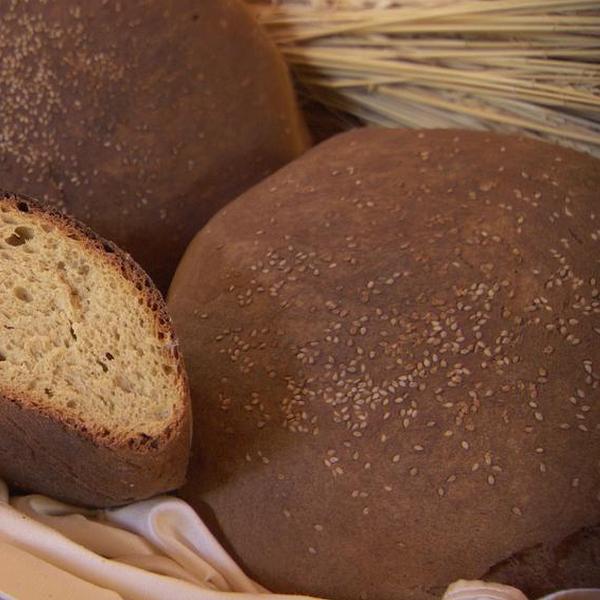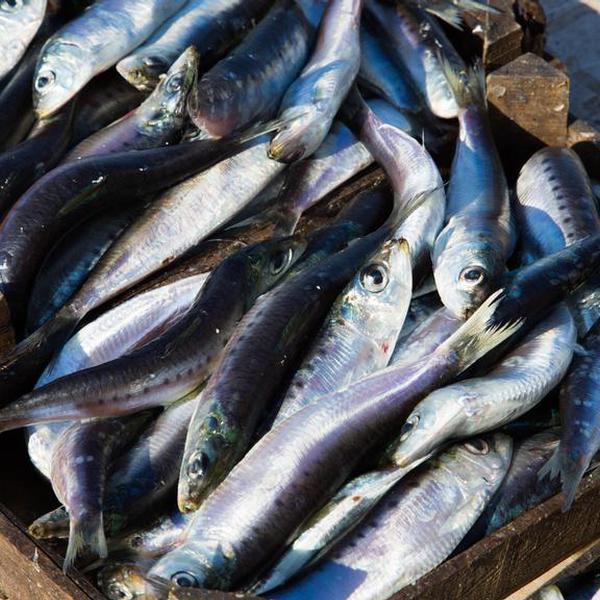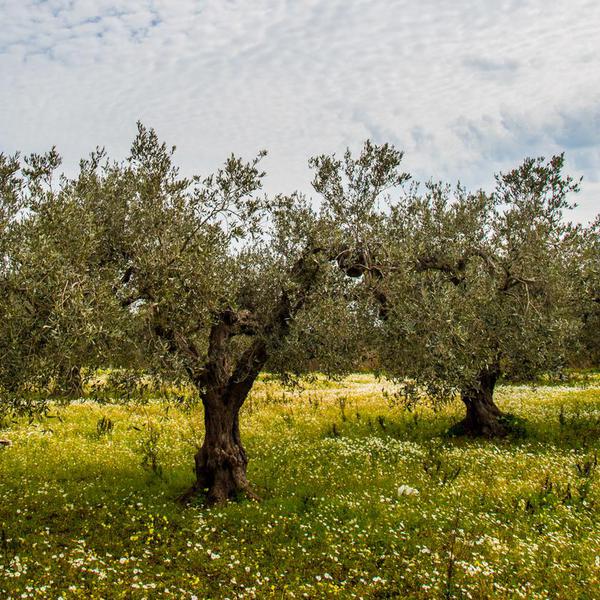Places to visit in Castelvetrano
Show All
Archaeological areas
Archive
Churches
Monastery
Monuments
Museums
Palace
Theatre
Town Center
"Virgilio Titone" Public Archives
Archive
The Historic Archive and Notarial of the Castelvetrano district is located in Via Garibaldi, in the rooms of the former Conservatory for...
Read More
Church of the Purgatory
Churches
The Church of the Purgatory was built between 1642 and 1664 on the site of a former church. It has a scenic eighteenth century façade with...
Read More
Church of the Holy Trinity of Delia
Churches
A small Norman church built during the first half of the XII century and modelled on the Byzantine “Cuba”. It features three notable...
Read More
Church of Holy Maria Annunziata (Abbey)
Churches
The modern church has been developed with an orthogonal axis compared to that of the former building. It has an irregular form and is...
Read More
Church of Saint Domenic
Churches
The monumental church of Saint Domenic, built in 1470
at the wishes of Giovan Vincenzo Tagliavia, lord of the city, is a fundamental
piece...
Read More
Church of Saint Francis of Paola
Churches
Up until the eighteenth century it was a small structure located in a space below the Saint Francis of Paola convent. It was built in...
Read More
Church of Saint John the Baptist
Churches
The construction started in 1589 in front of the former sanctuary that rose up next to the Saint Domenic monastery and of which today not a...
Read More
Church of Saint Joseph
Churches
The Church of Saint Joseph was built between 1616 and 1646, after which work was started on the building of the adjacent convent of the...
Read More
Mother Church of Our Lady of Assumption
Churches
The building of the church began in 1520 at the wishes of the first count of Castelvetrano. It has a three-nave basilica design and the...
Read More
Monastery of the Capuchins
Monastery
The headquarters of the Capuchin friars was originally situated in the Sant’Anna district. It was in 1622 that the construction of the new...
Read More
Nymph's Fountain
Monuments
Situated in Piazza Umberto I, the fountain was made in 1615 by Naples-born Orazio Nigrone in celebration of the completion of the aqueduct...
Read More
Marinella of Selinunte
Town Center
After Triscina, Marinella is the second most-famous seaside tourist resort in Castelvetrano. The inhabited area, founded at the end of the...
Read More
Selinunte Civic Museum
Museums
The museum has a collection of findings that came to light during the archaeological excavations carried out in the Selinunte area. Among...
Read More
Palace of Princes Tagliavia-Aragona-Pignatelli
Palace
The palace of princes Tagliavia-Aragona-Pignatelli was built on the remains of the pre-existing thirteenth century castle, the features of...
Read More
Selinunte Archaeological Park
Archaeological areas
It is the largest archaeological park in Europe and preserves the enormous remains of the Greek colony of Selinunte. Established in the...
Read More
Selinus Theatre
Theatre
The Selinus Theatre, an ingenious piece of work planned and directed by the architect Giuseppe Patricolo, was built on the original site of...
Read More
Triscina of Selinunte
Town Center
A seaside tourist resort situated about 10 kilometres from the Selinunte Archaeological Park. Its infinite fine golden sandy beaches offer a...
Read More


